Fine Bahua Wood
Bahua is a kind of wood name, also known as Brazilian pear, texture crisscross, with light brown stripes. Mainly distributed in tropical Africa, with luster; no special smell. With fine and uniform structure, hard quality and high strength, it is a kind of valuable hardwood, which is comparable to Burmese flowers. It can be used to make luxury furniture, flooring, living utensils and so on.
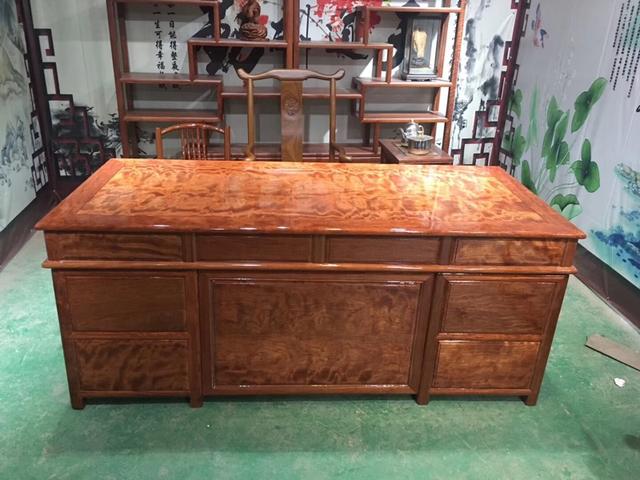
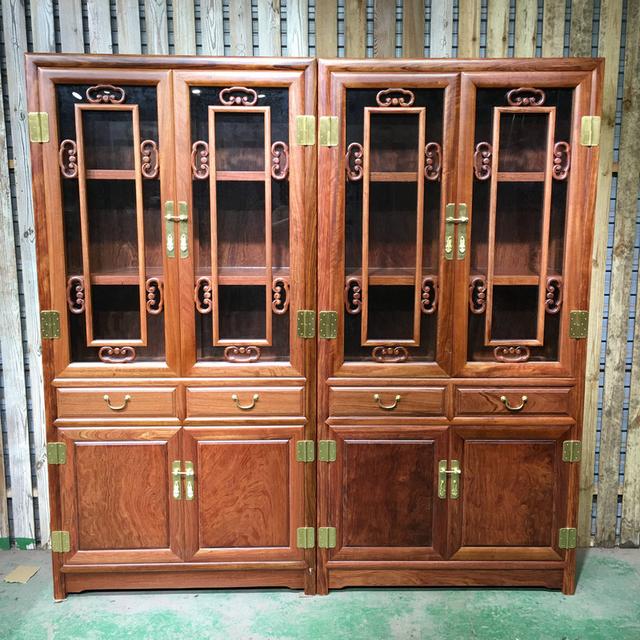
The air-dry density of "Brazil Flower Pear" is about 0.80-0.86g/cm3, the wet wood even reaches 1.2g/cm3, the wood is shiny, without special smell and taste, the texture is oblique to staggered, and the structure is fine and uniform. The wood is heavy and strong. There are few termites.
The wood is porous wood. The difference between heartwood and sapwood is obvious, the heartwood is yellow-brown to reddish brown, and the sapwood is white to light yellow-white. The growth ring is slightly obvious. The tube hole is clear under the magnifying glass, slightly small to medium, single and a few short diameter compound pipe holes (2mur4), which often contain dark deposits and are scattered. The axial parenchyma is clear under the magnifying glass, mainly paracubular, winged, polywinged and wheel boundary. Wood rays are not superimposed, clear under a magnifying glass, medium to slightly dense, and very fine to slightly fine. Straight texture, often staggered, fine and uniform structure, large shrinkage, good nail grip, drying slightly faster, not easy to crack and warp.
Morphological characteristics
Macroscopic characteristics: loose porous wood. Heartwood reddish brown, often with dark stripes, distinct from sapwood. Sapwood cream color, wide 2~8cm. The growth ring is slightly obvious. The parenchyma is defined by the wheel boundary. Tube holes are obvious under a magnifying glass; scattered; rarely at least; medium size. The axial parenchyma is obvious under the magnifying glass; it is annular tubular, winged and wheel-shaped. Visible under wood ray magnifying glass; sparse density; narrow. Ripple marks and private compartment road were not seen.
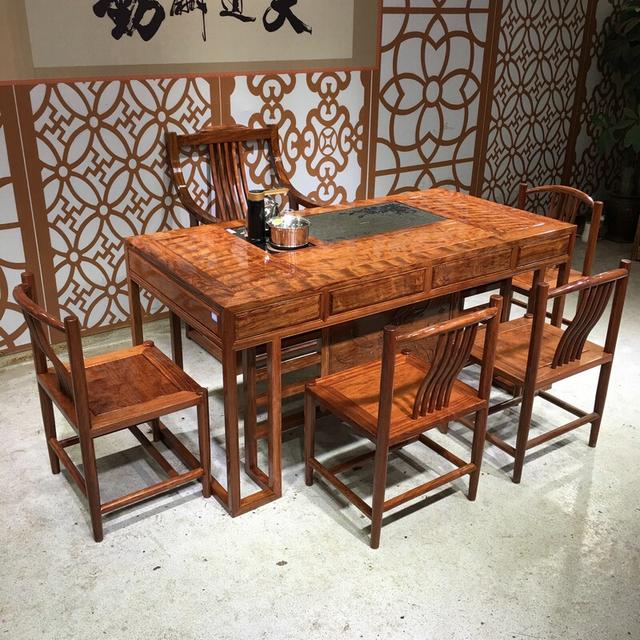
Distribution range
Large trees; 240m high, more than 1.0m in diameter; with larger roots. There are 15 species of this genus, distributed in tropical Africa, of which there are 11 species in Africa. As long as it is imported from Cameroon, Equatorial Guinea and Gabon, the quantity is relatively large. There is a misunderstanding here. People have always thought that Bahua is Brazilian rosewood, but in fact, Bahua has nothing to do with Brazil.
Main value
Suitable for luxury furniture, veneer planing, cabinetwork, decorative veneer, floor, carving, living utensils and so on.
Key points of identification
The outer skin exfoliated in the shape of round scales, and the oval shallow pits remained after shedding. Red colloid will flow out of the bark when it is injured. The pipe hole is rare and small. Heartwood reddish brown with purple stripes.
Distribution or main origin: in the Congo River Basin in western Central Africa, Congo, Gabon, Cameroon, Equatorial Guinea, Central Africa and other places.
African flower pear; because its heartwood is lighter than other rosewood, it is also affected by
It's called African Huanghua pear. Hedgehog red sandalwood heartwood color is purplish red brown to reddish brown, with dark stripes. Obvious ripples can be seen on the chord cutting board. The wood is loose porous wood, and the tendency of semi-annular porous wood is obvious. Unlike other tree species, hedgehog red sandalwood has almost no aroma.
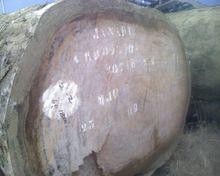
Easy to confuse tree species: 1. Lattice wood: the heartwood is yellow and white, the wood rays are not overlapped, and the string cutting board has no ripple marks. two。 Burmese eggplant: the market is commonly known as pineapple lattice, the wood is unscented, the wood has many brown eyes, no ripple marks, and the cross section polished parenchyma is winglike, like bird's eye. 3. Sub-rosewood: sub-rosewood refers to other wood of the genus Rosewood with low density, which is not necessarily produced in Africa, nor is it necessarily produced in Africa. Although hedgehog red sandalwood is also commonly known as African rosewood, it is not the same as sub-rosewood. [1]
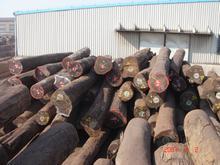
- Prev
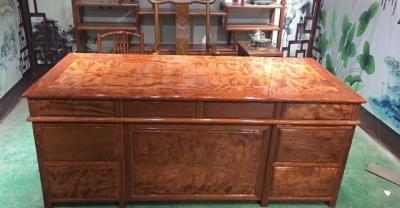
Dwarfing technique of potted flowers and trees
In the process of potted flower cultivation, if it is not pruned and allowed to develop, it will grow branches and leaves and reduce the ornamental effect. 1. Topping: for potted flowers with strong sprouting.
- Next
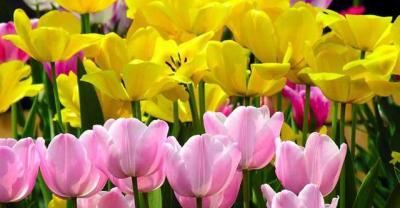
Pruning and shaping of flowers and trees
Flowers that blossom in spring, such as plum blossom and preserved plum, are suitable for pruning and sprouting when the flowers fade in spring. And those that bloom in the summer, for example.
Related
- Fuxing push coffee new agricultural production and marketing class: lack of small-scale processing plants
- Jujube rice field leisure farm deep ploughing Yilan for five years to create a space for organic food and play
- Nongyu Farm-A trial of organic papaya for brave women with advanced technology
- Four points for attention in the prevention and control of diseases and insect pests of edible fungi
- How to add nutrient solution to Edible Fungi
- Is there any good way to control edible fungus mites?
- Open Inoculation Technology of Edible Fungi
- Is there any clever way to use fertilizer for edible fungus in winter?
- What agents are used to kill the pathogens of edible fungi in the mushroom shed?
- Rapid drying of Edible Fungi

